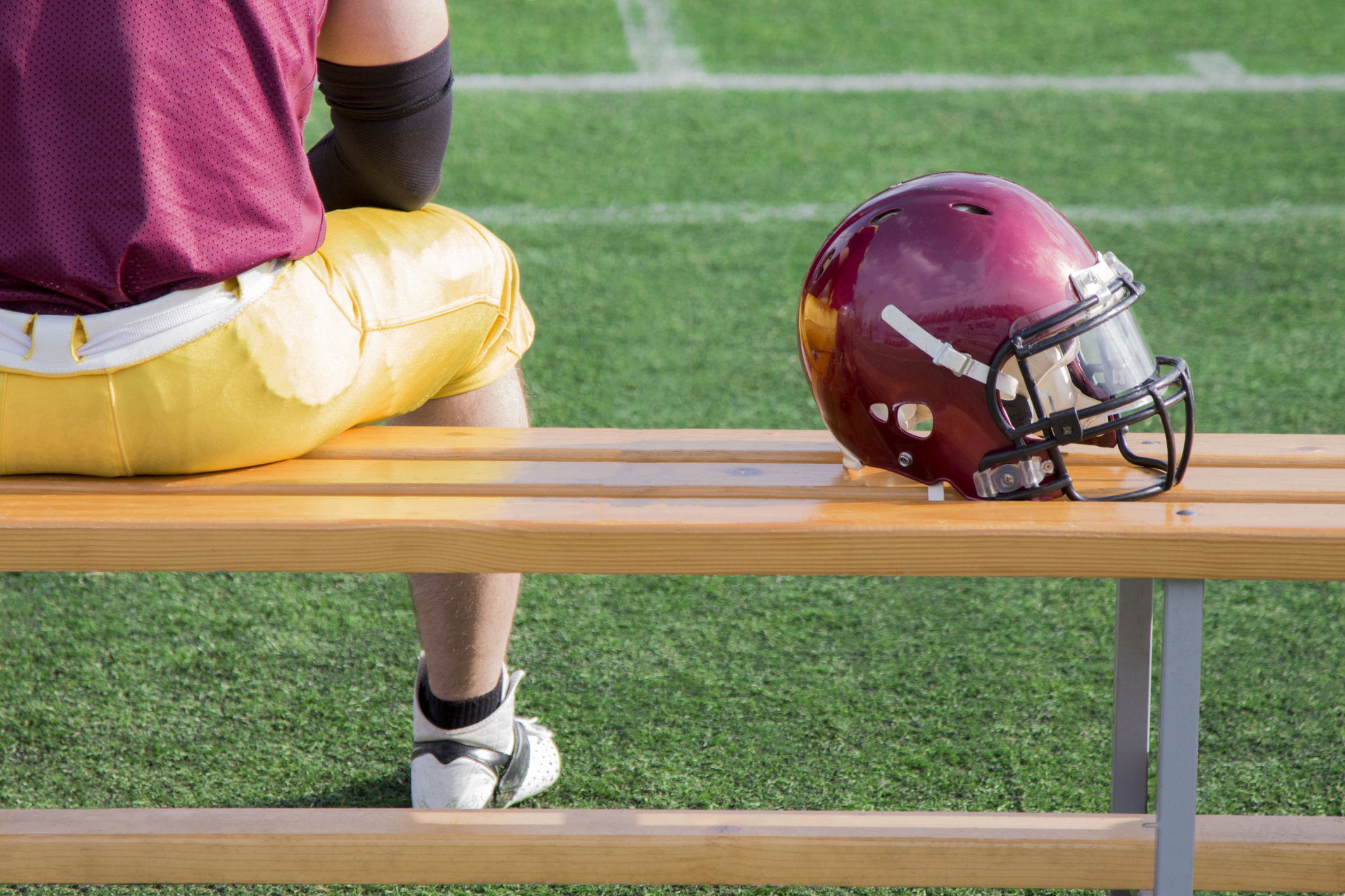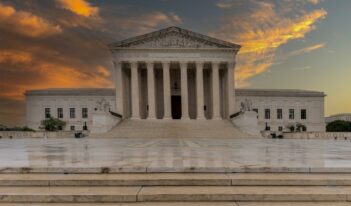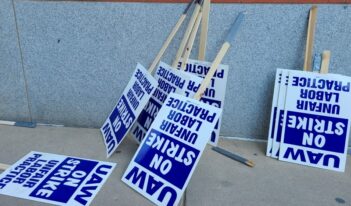
New paper outlines how joint employer status could allow student-athletes to sue the NCAA.
College sports is a huge industry; college teams are valued at hundreds of millions of dollars, if not sometimes billions. Big-time coaches can make millions of dollars too. But student-athletes, even with recent cases potentially loosening the National Collegiate Athletic Association‘s (NCAA) restrictions on paying student-athletes, make little if any money. At the same time, student-athletes are at risk for severe injuries that can cost thousands of dollars to treat.
In a recent paper, Michigan State University College of Law student Jay D. Lonick suggests that student-athletes could claim joint employer status and then successfully unionize. Joint employer status allows for an individual to have two employers at the same time. While counterintuitive at first glance, this status allows individuals who in name work for one employer to sue the real organization calling the shots.
Lonick’s paper builds off the National Labor Relation Board‘s Northwestern and CAPA decision, which allowed football players at Northwestern University to unionize. That case was centered on the National Labor Relations Act (NLRA), which only applies to private organizations. This is problematic for student-athletes at public universities, especially since many of the nation’s top football and basketball programs are at state universities.
Using joint employer status, however, would allow students to circumvent the private organization restriction. Because the NCAA is a private institution, student-athletes could claim under the NLRA that the NCAA, in addition to their universities, is their employer. This would be possible, Lonick argues, because the NCAA sets many of the regulations on what student-athletes are allowed to do.
Previous cases indicate that the NLRB could possibility determine that student-athletes are employers of the NCAA, says Lonick. The NCAA has the ability to discipline student-athletes regardless of the terms of the students’ scholarships. In addition, because the ability to terminate students’ scholarships was a crucial factor in the NLRB’s decision to find Northwestern to be its student-athletes’ employer, the NLRB might find the NCAA to be an employer since it can revoke students’ scholarship eligibility for rules violations.
Lonick notes that more than just paying student-athletes is at stake. Unionizing would allow students to negotiate with third-party companies for endorsements or the right to use their likeness.
If student-athletes did successfully force schools to pay them, this might lead to tax implications for the NCAA and for universities. It remains unclear, Lonick says, how student pay might work. One possibility is that students would receive trust funds that they could access after graduation.
Lonick also states that is unclear what unionized college sports will look like. He notes that there might be a difficult transition period, as having some unionized and some not unionized schools might steer students away from unionized schools in fear of risking more lucrative careers in professional sports.
Other groups have used joint employer status to sue employers. McDonald’s employees sued the company alleging that it had retaliated against protesting employees, even though they are technically employed by McDonald’s franchisees. Of course, critics have warned that the joint employer rule could undermine provisions in laws that are designed to protect small businesses.
The joint employer rule is not unique to the NLRB either. The Equal Employment Opportunity Commission also has rules related to joint employers.
Whether student-athletes should be paid remains a hotly debated issue. Supporters of paying athletes cite the reality that college sports has become a major “industry” and that student-athletes have expectations placed on them beyond those that regular students have. In contrast, opponents argue that the scholarships that many athletes receive are already valuable and that paying all athletes might be too costly.



